Celebrate the Caribbean Endemic Bird Festival (CEBF) with us in our virtual “From the Nest” edition! Have fun learning about a new endemic bird every day. We have colouring pages, puzzles, activities, and more. Download for free and enjoy nature with your family at home.
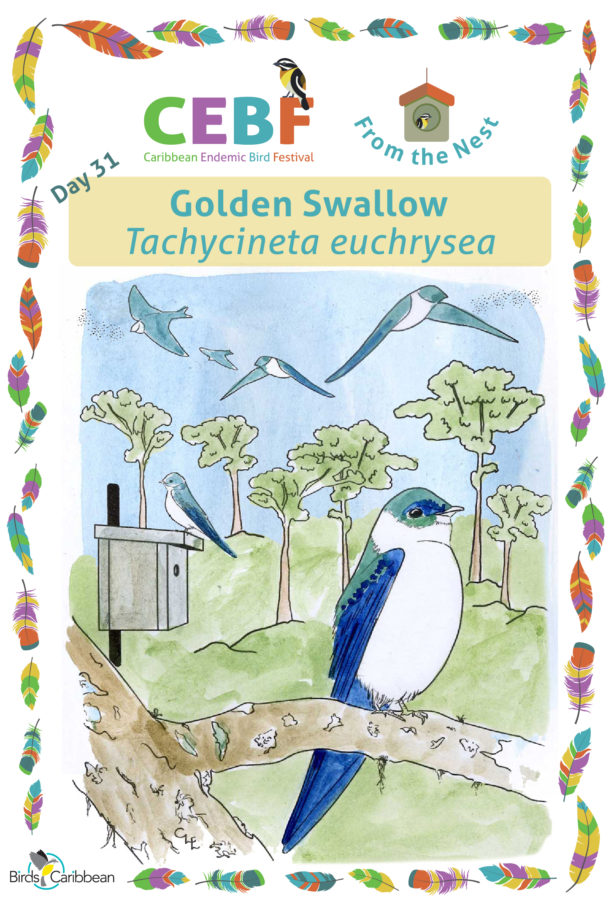
Endemic Bird of the Day: Golden Swallow
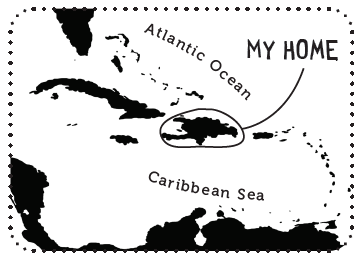 If you ever get the chance to go birding in the mountains of the Dominican Republic (DR) or Haiti, you’ll want to add Golden Swallows to your list of birds to see. It’s not uncommon for people to spend hours watching these amazing birds fly around open meadows where they feed. They twist, turn, and dive through the air with incredible grace and precision as they hunt for airborne insects—their primary food source. These little aerial acrobats weigh only 13 grams—the same as a AAA battery—which allows them to maintain flight for a long time with limited effort!
If you ever get the chance to go birding in the mountains of the Dominican Republic (DR) or Haiti, you’ll want to add Golden Swallows to your list of birds to see. It’s not uncommon for people to spend hours watching these amazing birds fly around open meadows where they feed. They twist, turn, and dive through the air with incredible grace and precision as they hunt for airborne insects—their primary food source. These little aerial acrobats weigh only 13 grams—the same as a AAA battery—which allows them to maintain flight for a long time with limited effort!
As for their name, the debate of whether this swallow’s colouring better matches its English common name (golden) or its Spanish common name (verde = green) is a fierce one. We’ll settle it right here—they are both! The colours you see on their upperparts are ever-changing as they fly around and catch the sunlight at different angles. In a few seconds you might observe a blue-ish sheen changing to a golden iridescence that then changes to an olive-green!
Because of their erratic flight, it’s challenging to get a good look at a Golden Swallow with binoculars! Instead, you might do better if you can locate one of their nests. They are secondary cavity nesters, which means that they nest in cavities already built. So look for them using old woodpecker holes in dead snags, as well as rocky cliff sides that offer small crevices for nesting. Like many other types of cavity nesting birds (ex. bluebirds and flycatchers), Golden Swallows will sometimes use man-made nest boxes. Scientists in the DR have been successful at attracting Golden Swallows to nest boxes. This has helped them to study the birds and figure out how best to protect them. It turns out that conservation of these swallows is definitely needed!
Although once found in small numbers on the neighboring island of Jamaica, Golden Swallows are now found only on the island of Hispaniola. We don’t know why they have disappeared from Jamaica, but it could be for the same reasons that other swallow species are declining. Swallows feed on insects, and we now know that insects worldwide have been decreasing at alarming rates for a long time. This is from destruction of native habitats as well as the widespread use of insecticides (also called pesticides). Truth be told, we’ve become too good at killing insects, and we’re only now waking up to the realization that our ecosystems depend on them. The good news is that there is an easy way that everyone can help: plant as many native plants as you can on your property. Native plants attract native insects (not pest insects!), and these insects provide lots of food (filled with protein!) for MANY different bird species.
Try to replace lawn space that you don’t use with native trees and bushes. Lead or join community efforts to add more native greenery to your neighborhood. Let’s work together to rebuild the food web from the bottom up to help conserve our birds! Learn more about this species, including its range, photos, and calls here.
Colour in the Golden Swallow!
Download the page from Endemic Birds of the West Indies Colouring Book. Use the drawing above or photo below as your guide, or you can look up pictures of the bird online or in a bird field guide if you have one. Share your coloured-in page with us by posting it online and tagging us @BirdsCaribbean #CEBFfromthenest
Listen to the call of the Golden Swallow
The flight call of the Golden Swallow sounds like tchee-weet.
Puzzle of the Day
Click on the image below to do the puzzle. You can make the puzzle as easy or as hard as you like – for example, 6, 8, or 12 pieces for young children, all the way up to 1,024 pieces for those that are up for a challenge!
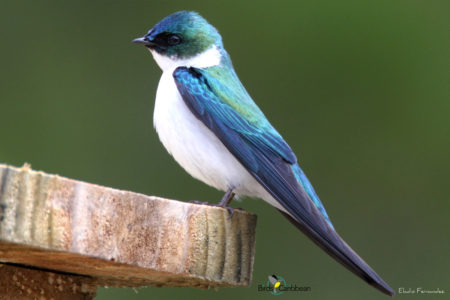
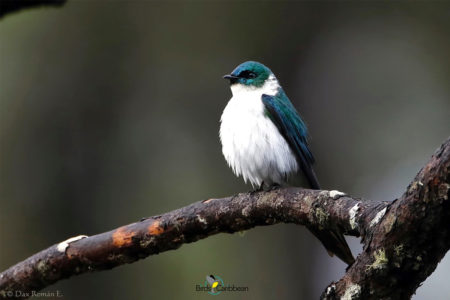
Activity of the Day
![]()
![]()
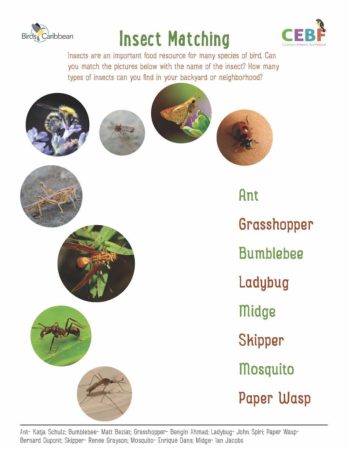 FOR KIDS: Insects are an important food resource for many species of birds. Can you match the pictures of 8 insects with the name of the insect? How many types of insects can you find in your backyard or neighborhood? Do our Insect Matching Activity and then check your answers with the Answer Key.
FOR KIDS: Insects are an important food resource for many species of birds. Can you match the pictures of 8 insects with the name of the insect? How many types of insects can you find in your backyard or neighborhood? Do our Insect Matching Activity and then check your answers with the Answer Key.
If you need help identifying them, download Seek, by iNaturalist, a very cool mobile app that can help you identify insects, plants, amphibians, lizards, birds, mammals, and more!
FOR KIDS & ADULTS:
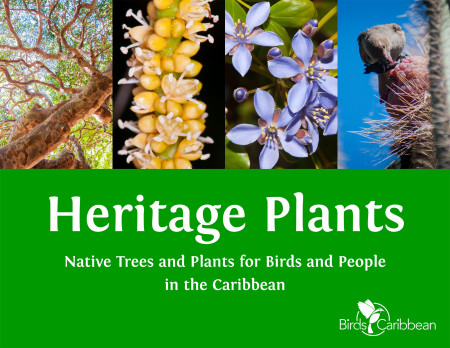
Learn about key native plants that are beneficial to native and migratory birds with our eBook: Heritage Plants: Native Trees and Plants for Birds and People in the Caribbean. The plants highlighted in this book are perfect for backyard gardens, neighborhood landscaping, and other habitat restoration projects big and small. Browse the book, get inspired, and find new plants to grow in your backyard! Check with your local Forestry Department as they may have some of these plants available at no cost. Available in both English and Spanish!
Download the book for free. (PDF, 24 pages, English)
Partrimonio Vegetal, descarga gratis en español. (PDF, 24 páginas, Español)
Learn all about nest boxes and bird houses and how to make them for different kinds of birds!
Educator’s Guide to Nest Boxes
All about Bird Houses – How to make a safe, successful home for our feathered friends
Learn more about the Golden Swallow!
The Golden Swallow website – lots of great information here on the work that researchers have done with these swallows over the last ten years.
Video of Golden Swallows at their nest box, in flight, feeding chicks, and more! This video highlights the best footage that scientists were able to capture across three summers of research in the Dominican Republic. Most of the video is on the breeding population in the Parque Valle Nuevo, with a glimpse of the population at Aceitillar.
Enjoy the video below from Cockpit Country, Jamaica. This is the last place that Golden Swallows were seen on in Jamaica before they disappeared. Watch the morning fog slowly drift away and listen to all of the birds waking up in the lush jungle below.
Read about Justin Proctor’s marvelous adventures and findings from field work on the Golden Swallow in the DR and Jamaica!
